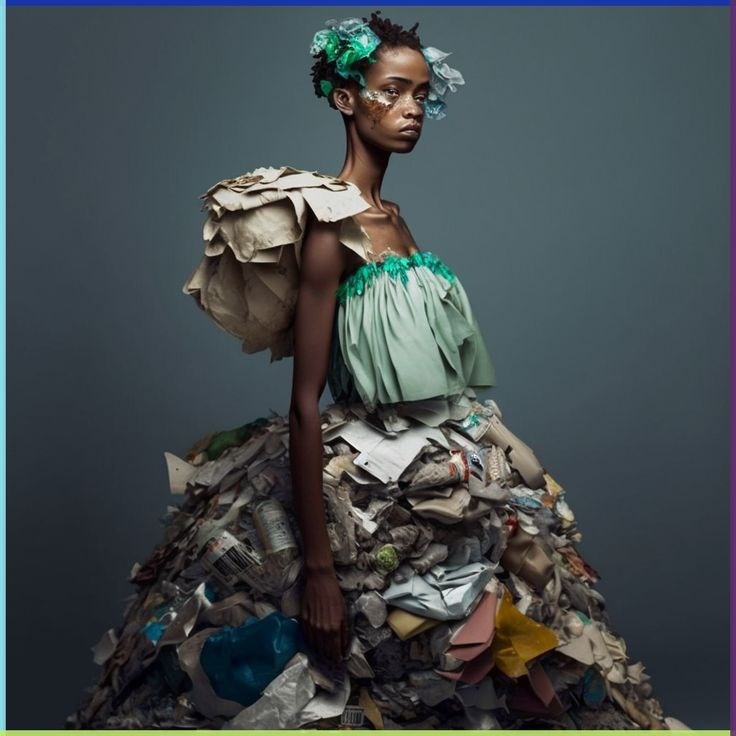Eco-design movements have gradually altered how sustainable fashion is approached, as well as how purchasing is done globally. With the increasing focus toward climate change and environmental pollution, both the designers and the buyers are in a process of transformation. It is a shift that is leading the industry into cleaner production, having a better ethical approach to material procurement and greater responsibility for the environment in the long run.
Fashion plays an important role in protecting the environment by using organic cotton, recycled fabrics and natural dyes. Such changes are not superficial, but systemic as they redefine the industry’s key processes at the operational level. Fashion companies are embedding sustainability in the product development from the ground up meaning less wastage products with the aim of producing clothes with longevity not trends that are changed with each passing season.
Consumers are getting more conscious of what they are consuming due to change. Therefore the recent push for sustainable fashion means that customers are no longer willing to invest in many clothes because of trends even when they do not need them, but they stick to quality, slow fashion. Now consumers want and expect not only trendy and cheap products but also those that are friendly to the environment and made through proper ethical standards.

Social media and other sources of clear presentation of clothes and textile are also boosting the circulation of sustainable fashion. Today’s customers are able to track sourcing, authenticate sustainability as well as align with brands that reflect their ideals. It also proves the fact that when the masses are informed regarding the issue, sustainability is not the sole responsibility of the producer but of the consumer as well.
Sustainability is no longer a trend; it has become a culture and culture of the fashion economy that is transforming globally. It is finding its way into every step of designer conceptualization and production and consumer planning and apparel buying. While the concept of sustainability has become increasingly familiar, what it is now doing is establishing a new standard for fashion business and the industry, a new goal that embraces the planet and people as much as profit, that gives a new direction to the future.
Conclusion
In conclusion, fashion sustainability is not a luxury today but a necessity that defines modern-day designs and consumers’ preferences. It is changing the social paradigm and reducing unsustainable norms and practices in favour of choice and sustainability. As people get educated more, the concepts of sustainable fashion will revolutionize fashion by changing the course of the industry for good in terms of the production of clothes and clothes-buying agents.